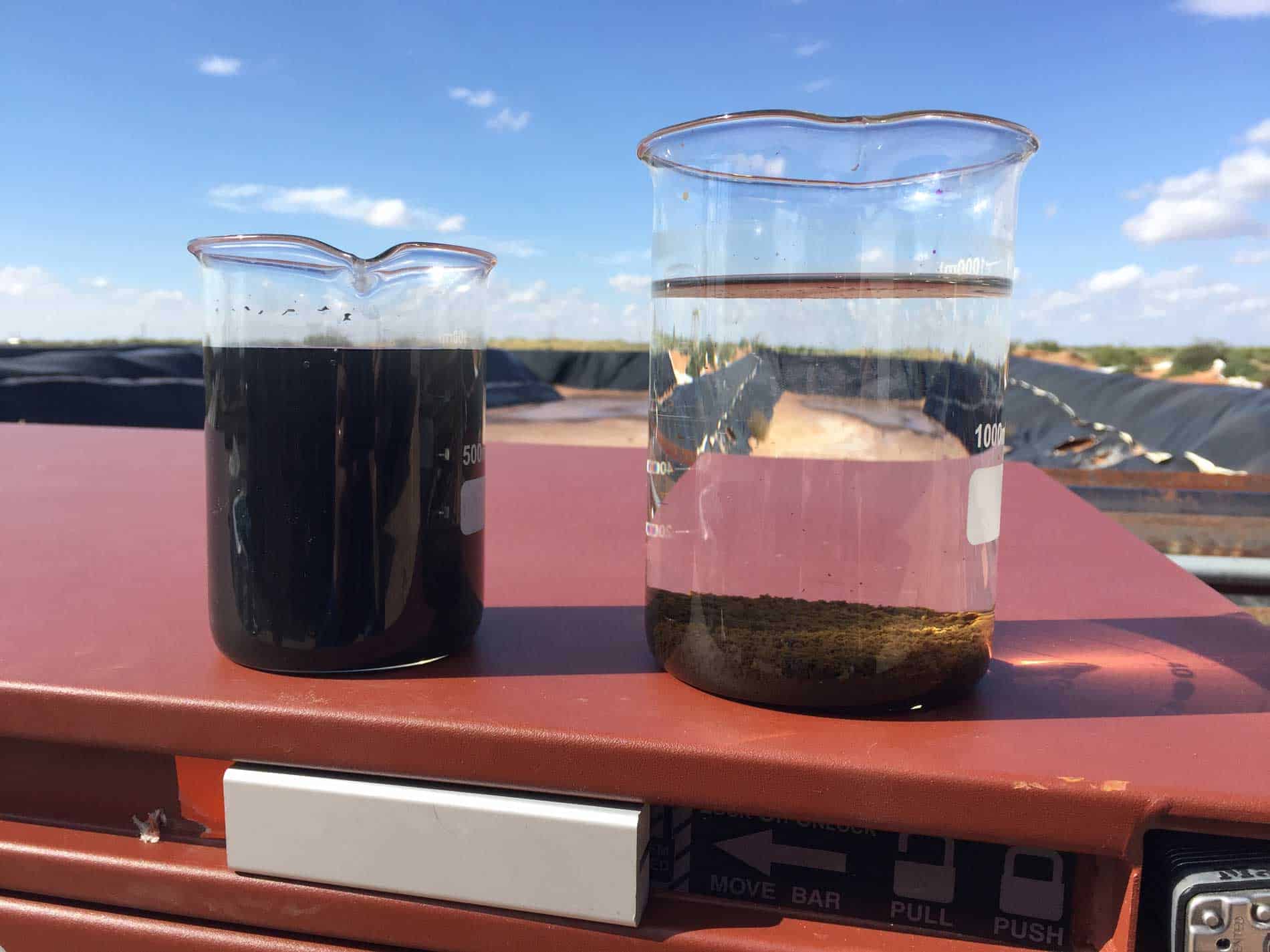UOP 421 Organic Halides in Produced Water Test
The UOP 421 Organic Halides in Produced Water Test is a critical analytical procedure widely used by the oil and gas industry to ensure compliance with environmental regulations. This test measures the concentration of organic halides, specifically chlorinated hydrocarbons, present in produced water from petroleum operations.
Organic halides are among the most challenging contaminants to detect due to their complex chemical structures and varying degrees of toxicity. In the context of oil and gas production, the presence of these compounds can have significant environmental impacts if not properly managed. Therefore, accurate and reliable analysis is essential for effective monitoring and control.
The UOP 421 method employs advanced chromatographic techniques to separate and quantify organic halides in produced water samples. This involves several steps: first, the sample undergoes filtration and conditioning to remove particulate matter and stabilize the solution. Next, it is injected into a gas chromatograph equipped with an electron capture detector (ECD), which is particularly sensitive to halogenated compounds.
The method's sensitivity allows for the detection of even trace amounts of organic halides, making it suitable for both routine monitoring and detailed research projects aimed at understanding their behavior in produced water. Compliance officers rely on this test to ensure that discharge limits set by regulatory bodies like the EPA are met. R&D engineers use these results to develop more efficient treatment processes or alternative methods for managing such contaminants.
The UOP 421 Organic Halides in Produced Water Test plays a crucial role in protecting both human health and aquatic ecosystems from potential harm caused by industrial activities. By providing precise data on the levels of organic halides, this test supports informed decision-making regarding waste management practices and operational adjustments aimed at reducing environmental footprints.
Given its importance within the oil and gas sector, it is essential that laboratories performing this analysis adhere strictly to ISO 17025 standards for quality assurance. Additionally, maintaining proficiency in using specialized equipment such as gas chromatographs with ECDs ensures consistent and accurate results across different samples.
Scope and Methodology
The scope of the UOP 421 Organic Halides in Produced Water Test encompasses the identification and quantification of organic halides, particularly chlorinated hydrocarbons, within produced water from petroleum operations. This includes various types of organic halides like chloroform, dichloromethane, trichloroethylene, etc.
The methodology involves several key steps:
- Filtration and conditioning of the sample to remove particulates and stabilize the solution.
- Injection into a gas chromatograph fitted with an electron capture detector (ECD).
- Analysis using standardized procedures to ensure accurate measurement.
The use of ECD enables high sensitivity, allowing for detection down to parts per billion concentrations. This level of precision is vital given the potential risks associated with even minute quantities of organic halides in produced water.
To validate results and maintain consistency, laboratories must regularly calibrate their instruments against known standards provided by recognized bodies such as ASTM International or the National Institute of Standards and Technology (NIST).
Industry Applications
- Rigorous Compliance: Oil & gas companies need to comply with stringent environmental regulations set forth by agencies like the EPA. The UOP 421 test helps them meet these requirements.
- Efficient Monitoring: Continuous monitoring ensures that there are no超标





